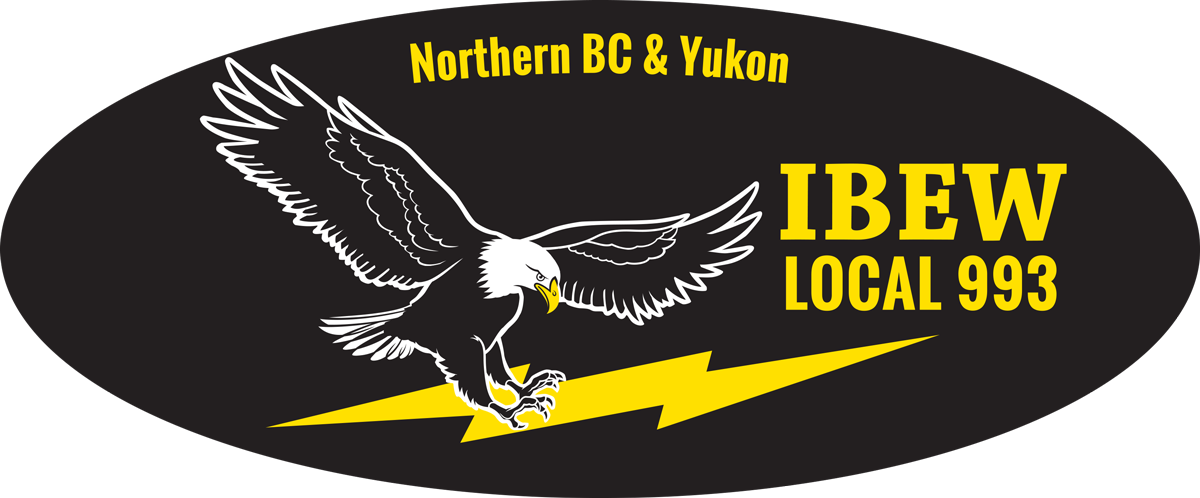Labour Day
Posted on August 30, 2012 2:36 pm
From Wikipedia:
Labour Day has been celebrated on the first Monday in September in Canada since the 1880s. The origins of Labour Day in Canada can be traced back to December 1872 when a parade was staged in support of the Toronto Typographical Union's strike for a 58-hour work-week.[1] The Toronto Trades Assembly (TTA) called its 27 unions to demonstrate in support of the Typographical Union who had been on strike since March 25.[1] George Brown, Canadian politician and editor of the Toronto Globe hit back at his striking employees, pressing police to charge the Typographical Union with "conspiracy."[1] Although the laws criminalising union activity were outdated and had already been abolished in Great Britain, they were still on the books in Canada and police arrested 24 leaders of the Typographical Union. Labour leaders decided to call another similar demonstration on September 3 to protest the arrests. Seven unions marched in Ottawa, prompting a promise by CanadianPrime Minister Sir John A. Macdonald to repeal the "barbarous" anti-union laws.[1] Parliament passed the Trade Union Act on June 14 the following year, and soon all unions were seeking a 54-hour work-week.
The Toronto Trades and Labour Council (successor to the TTA) held similar celebrations every spring. American Peter J. McGuire, co-founder of the American Federation of Labor, was asked to speak at a labour festival in Toronto, Canada on July 22, 1882. Returning to the United States, McGuire and the Knights of Labor organised a similar parade based on the Canadian event on September 5, 1882 in New York City, USA. On July 23, 1894, Canadian Prime Minister John Thompson and his government made Labour Day, to be held in September, an official holiday. In the United States, the New York parade became an annual event that year, and in 1894 was adopted by American president Grover Cleveland to compete withInternational Workers' Day (May Day).
While Labour Day parades and picnics are organised by unions, many Canadians regard Labour Day as the Monday of the last long weekend of summer. Non-union celebrations include picnics, fireworks displays, water activities, and public art events. Since the new school year generally starts right after Labour Day, families with school-age children take it as the last chance to travel before the end of summer.
An old fashioned tradition in Canada and the United States bans the wearing of white after Labour Day. Explanations for this tradition vary; the most common is that white is a summer colour and Labour Day unofficially marks the end of summer. The rule may have been intended as a status symbol for new members of the upper and middle classes in the late 19th and early 20th century.[1][2] While other explanations note that this tradition may have been created as a prevention measure in snow ravaged areas. Many deaths in the late 19th and early 20th century period were attributed to rescue teams being unable to locate those that had become lost in snowy regions as they were wearing only white.
A Labour Day tradition in Atlantic Canada is the Wharf Rat Rally in Digby, Nova Scotia, while the rest of Canada watches the Labour Day Classic, a Canadian Football League event where rivals like Calgary Stampeders and Edmonton Eskimos, Hamilton Tiger-Cats and Toronto Argonauts(except in 2011, due to a scheduling conflict), and Saskatchewan Roughriders and Winnipeg Blue Bombers play on Labour Day weekend. Before the demise of the Ottawa Renegades after the 2005 season, that team played the nearby Montreal Alouettes on Labour Day weekend. Since then, the Alouettes have played the remaining team in the league, the BC Lions.
The Labour Day parade in Grand Falls-Windsor, Newfoundland started in 1921 and still continues today, over 90 years later. The celebrations go on for three days with a parade on Labour Day Monday.
